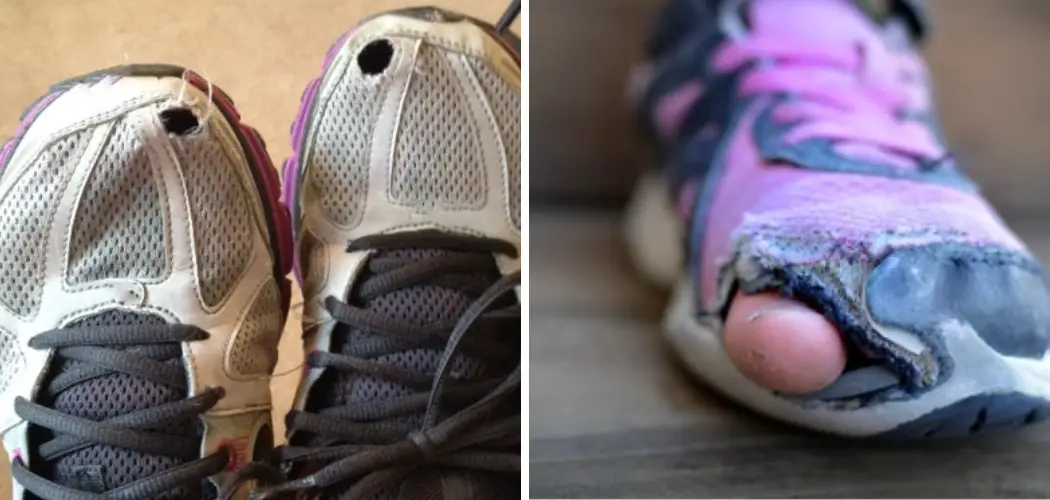Dealing with the issue of your big toe creating holes in your shoes can be both frustrating and costly, especially if you frequently invest in new footwear. This common problem often results from the constant pressure and friction exerted by the toe against the inside of the shoe.
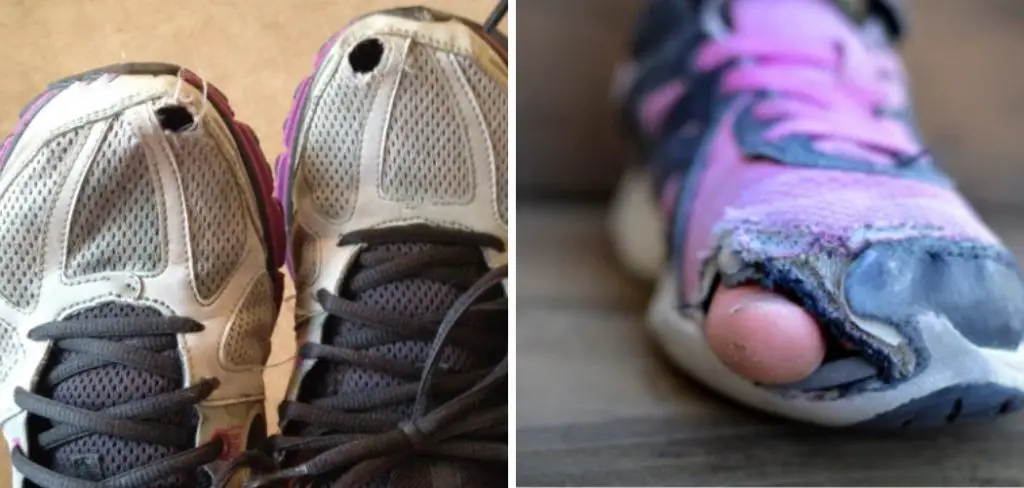
Over time, this wear and tear can compromise the shoe’s material, leading to unsightly and uncomfortable holes. Fortunately, several strategies can help mitigate this problem, prolonging the life of your shoes and keeping your feet comfortable. From selecting the right shoe size and shape to using protective inserts and reinforcing the shoe material, there are various approaches to address this issue.
In this comprehensive guide, we will explore how to stop big toe making hole in shoes, ensuring that you can walk comfortably and confidently without worrying about premature wear and tear.
Importance of Addressing This Issue
Addressing the issue of a big toe making holes in shoes is crucial for several reasons. Firstly, it ensures the longevity of your footwear, saving you both money and the time spent on frequently purchasing replacements. A shoe that fits well and doesn’t deteriorate quickly from toe damage contributes significantly to your overall foot health, preventing blisters, calluses, and other discomforts associated with ill-fitting shoes.
Furthermore, maintaining the integrity of your shoes can also prevent posture problems and joint pain, as uneven wear can lead to imbalance and undue stress on certain parts of the foot. Tackling this issue not only keeps your shoes looking good for longer but also supports your physical health and well-being.
Why the Big Toe Creates Holes in Shoes
Understanding why the big toe creates holes in shoes requires a closer examination of foot dynamics and shoe design. The big toe, or hallux, is the part of the foot that experiences the most pressure during the walking cycle. When we walk, run, or stand, our body weight shifts forward, placing significant stress on the front part of the foot, especially the big toe area.
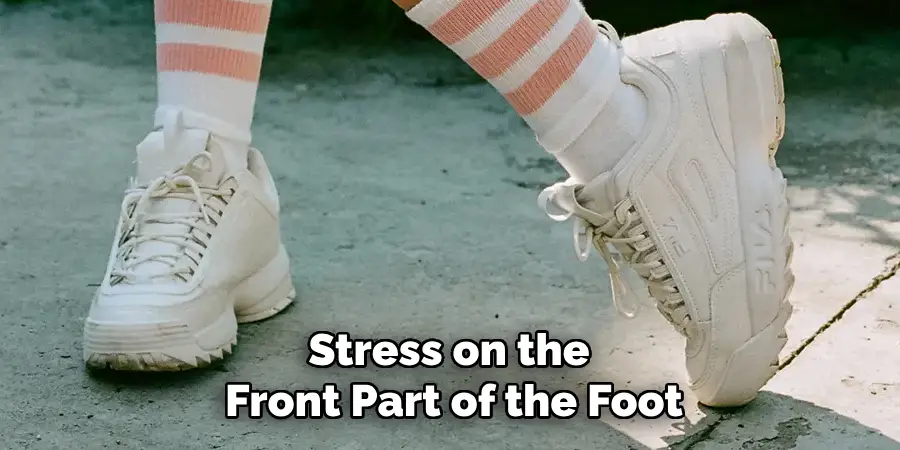
If a shoe does not provide adequate space or the proper fit for the toe, this pressure can cause the toe to rub against the shoe’s material continuously. Additionally, the natural shape of the foot, where the big toe is the longest toe for many people, exacerbates this issue. Over time, the friction resulting from these movements can wear down the shoe material, leading to the formation of holes.
This problem is further compounded in shoes made from less durable materials or those with design flaws that fail to accommodate the natural movements and contours of the feet.
Common Signs and Early Indicators
Identifying the problem before a hole fully forms can save your shoes and your wallet. There are several signs and early indicators that your big toe is on the path to wearing a hole in your shoe. One of the first signs is discoloration or thinning of the material on the inner top side of the shoe, where the big toe rests.
This might look like a slight change in color or a spot that appears more worn than the rest of the shoe. Additionally, you might notice stretching or deformity in the shoe’s shape in the toe area, suggesting that the toe is pressing too hard against the shoe.
Another early indicator is the formation of a small bump or wear mark on the inside or outside of the shoe, exactly where the big toe tends to press or rub against it. Feeling discomfort or tightness around the big toe when wearing the shoe can also be a sign that undue pressure is being applied, leading to potential damage. Catching these early signs can prompt you to take action before a full-blown hole develops, protecting your investment and your comfort.
Choosing the Right Shoes
Selecting the right shoes is a fundamental step in preventing your big toe from creating holes. When shopping for new shoes, it’s essential to look for footwear that offers sufficient toe room. Ideally, there should be a thumb’s width of space between your big toe and the front of the shoe.
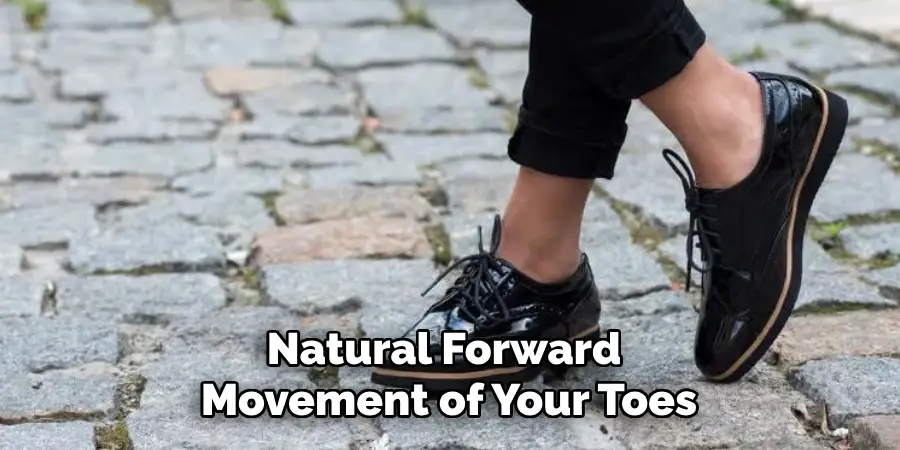
This space accommodates the natural forward movement of your toes as you walk, reducing pressure and friction on any specific point. Additionally, pay attention to the shape of the shoe’s toe box. Shoes with a round or wide toe box tend to provide more room for your toes to move and spread out comfortably, which is particularly beneficial for those with a prominent big toe or wider feet.
Material choice is also crucial. Opt for shoes made from flexible, breathable materials that can adapt to the shape of your foot, such as soft leather or canvas. These materials are not only more durable but also less likely to cause irritation or pressure points.
Finally, consider shoes with adjustable features like laces or straps, which allow you to customize the fit according to your foot’s needs and movements throughout the day. By prioritizing these aspects when choosing your shoes, you can significantly reduce the risk of your big toe wearing through your shoes, ensuring both comfort and longevity.
Importance of Proper Shoe Fit
The importance of a proper shoe fit cannot be overstated when it comes to preventing your big toe from piercing through the shoe’s front. A well-fitting shoe provides the foundation for comfort, support, and durability in footwear, directly impacting our foot health and overall posture.
An ill-fitting shoe, whether too tight or too loose, can lead to a myriad of foot problems, including corns, blisters, and deformities like bunions and hammer toes. These issues not only cause discomfort but can also affect your gait and posture, leading to further physical ailments over time.
Proper shoe fit also ensures even distribution of body weight across the foot, minimizing pressure points and reducing the risk of damage to the shoe’s material caused by constant rubbing or pressing. By taking the time to ensure a correct fit—considering length, width, and depth—you safeguard your shoes’ longevity and, more importantly, promote healthier foot conditions.
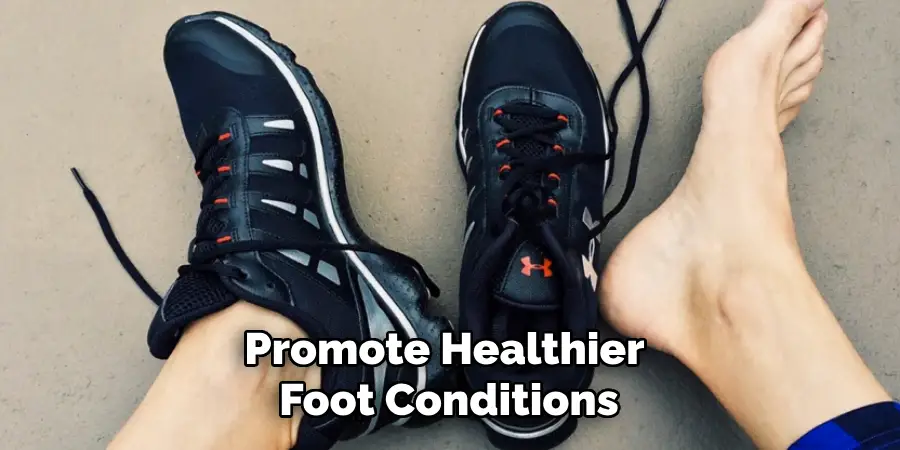
Types of Shoes Designed to Prevent Toe Holes
When it comes to choosing footwear that minimizes the risk of toe holes, certain types of shoes stand out for their durable design and toe-friendly construction. One of the first categories to consider is reinforced toe shoes. These are specifically designed with additional material on the toe area, which significantly reduces wear and tear from frequent toe movement. Athletic shoes often feature this reinforcement, making them a great choice not just for sports but for everyday wear as well.
Another category is shoes with high-quality, durable materials. Leather shoes, for instance, offer more protection for the toes due to the material’s natural durability and ability to mold to the foot’s shape, thereby reducing pressure points. Similarly, shoes made from advanced synthetic materials can provide resilience against toe wear while also offering breathability and comfort.
Wide-toe box shoes are also designed to prevent toe holes by providing ample room for toe movement. This design feature helps in distributing pressure evenly across the foot and avoids concentrated wear in the toe area. Brands that focus on ergonomic and foot health-centric designs often feature a variety of stylish options.
Lastly, custom-made or orthopedic shoes stand as a tailored solution for those with unique foot shapes or conditions that predispose them to toe holes. By considering individual foot dimensions and movement patterns, these shoes ensure optimal fit and space for the toes, virtually eliminating the problem of toe holes.
Choosing the right type of shoe can significantly extend the life of your footwear, reduce foot discomfort, and maintain a polished appearance.
10 Methods How to Stop Big Toe Making Hole in Shoes
1. Choose the Right Shoe Size and Fit
The most fundamental step in preventing your big toe from making holes in your shoes is to ensure that you are wearing the correct shoe size and fit. Shoes that are too tight will cause excessive pressure on your toes, while shoes that are too loose will allow your foot to slide forward, increasing friction at the toe box.
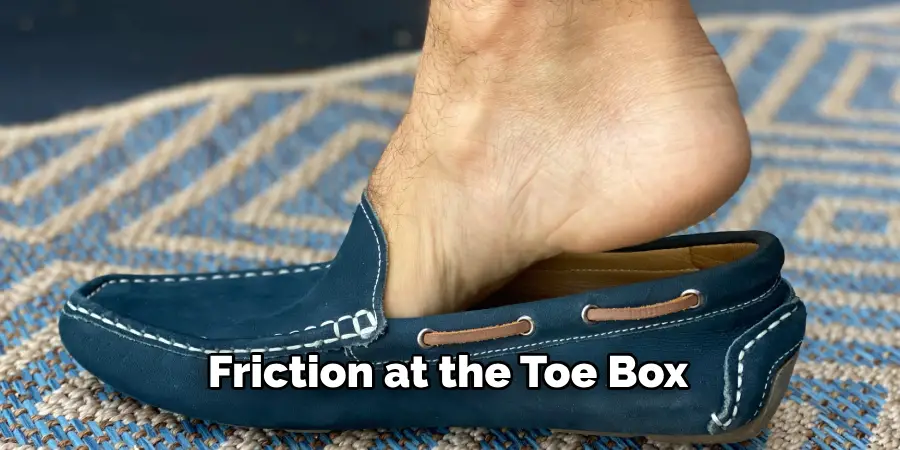
When shopping for shoes, measure your feet and try on different sizes and styles. Pay attention to the width and length of the shoe, making sure there is enough space for your toes to move freely without being cramped. A good rule of thumb is to have about a thumb’s width of space between your longest toe and the end of the shoe.
2. Opt for Shoes with Reinforced Toe Boxes
Some shoes are designed with reinforced toe boxes, which provide extra durability and protection in the area where your toes are most likely to cause wear. Look for shoes with added materials like rubber or extra stitching around the toe area.
These features can help distribute the pressure from your big toe more evenly and prevent holes from forming. Reinforced toe boxes are commonly found in athletic shoes, work boots, and certain casual footwear. Investing in shoes with these features can significantly extend their lifespan.
3. Use Toe Guards or Caps
Toe guards or caps are protective covers that you can place over the toe area inside your shoes. These guards are typically made from durable materials like silicone or rubber and act as a barrier between your big toe and the shoe material. They help reduce friction and pressure, preventing the formation of holes.
Toe guards can be purchased separately and inserted into your existing shoes, or you can look for shoes that come with built-in toe protection. This method is particularly useful for people who have prominent big toes or experience a lot of toe movement during activities like running or hiking.
4. Strengthen the Shoe Material
If you frequently experience holes in the same spot on multiple pairs of shoes, consider reinforcing the inside of your shoes yourself. You can use materials like moleskin, duct tape, or shoe repair patches to add an extra layer of protection to the toe box. Cut the material to fit the inside of your shoe and adhere it securely over the area where your big toe usually causes wear. This DIY method can help extend the life of your shoes and provide a cost-effective solution to the problem.
5. Maintain Proper Nail Care
Long or sharp toenails can exacerbate the problem of holes forming in your shoes. Regularly trimming and filing your toenails can help reduce the pressure and friction on the inside of your shoes. Make sure to cut your nails straight across and file down any sharp edges. Keeping your toenails well-maintained not only prevents damage to your shoes but also promotes overall foot health and comfort.
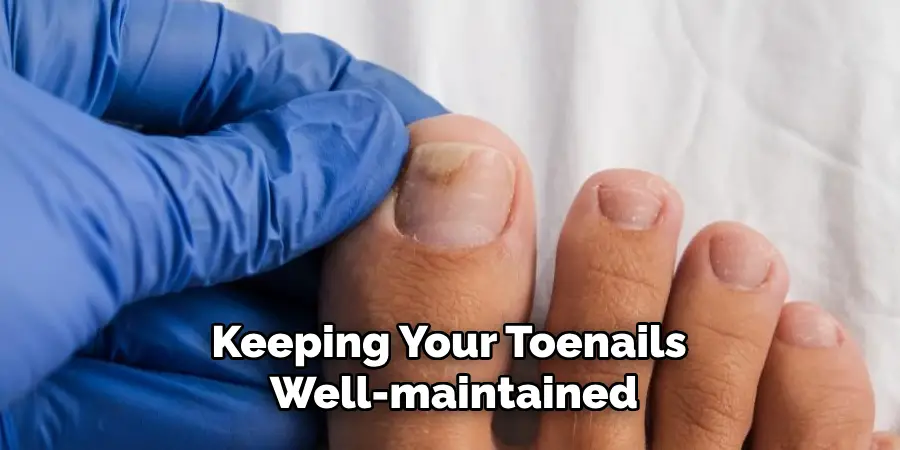
6. Wear Proper Socks
The type of socks you wear can significantly impact the wear and tear on your shoes. Opt for socks made from durable, moisture-wicking materials that provide a snug fit. Avoid thin, worn-out socks that can increase friction and accelerate the formation of holes. Some socks come with reinforced toe areas, which can offer additional protection against toe holes. Additionally, consider wearing two pairs of socks or using padded socks to reduce pressure on your toes.
7. Adjust Your Gait and Foot Mechanics
Sometimes, the way you walk or run can contribute to the wear and tear on your shoes. If you notice that your big toe is consistently causing holes, it might be worth examining your gait and foot mechanics. Consider consulting with a podiatrist or a professional gait analyst to identify any issues. They may recommend orthotics or specific exercises to help correct your gait and reduce the pressure on your toes. Proper foot alignment and mechanics can prevent excessive wear on certain parts of your shoes.
8. Rotate Your Shoes
Wearing the same pair of shoes every day can accelerate the wear and tear on specific areas, including the toe box. Rotating between multiple pairs of shoes allows each pair to rest and recover, reducing the overall stress on any single pair. This practice can help distribute the wear more evenly across your footwear collection, prolonging the life of each pair. Additionally, rotating your shoes can help maintain better foot hygiene and comfort.
9. Choose Shoes with the Right Toe Shape
The shape of the toe box in your shoes can also influence how much pressure your big toe exerts on the material. Shoes with a rounded or square toe box tend to provide more room for your toes, reducing the likelihood of holes forming. Avoid shoes with a narrow or pointed toe box, as these can cramp your toes and increase friction. When shopping for shoes, consider the shape of the toe box and opt for styles that offer ample space for your toes to move comfortably.
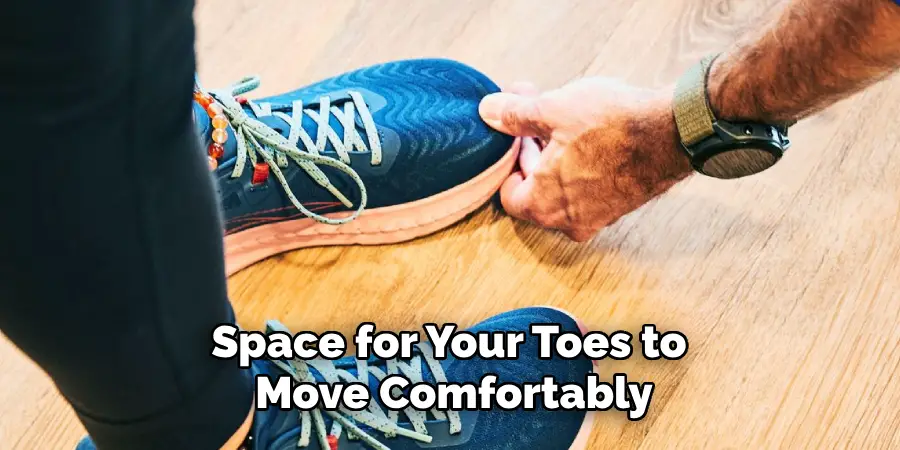
10. Use Orthotic Inserts
Orthotic inserts can help improve the fit of your shoes and provide additional support for your feet. Custom orthotics or over-the-counter insoles can help distribute pressure more evenly across your foot, reducing the stress on your big toe. Look for inserts that provide cushioning and arch support, as these features can enhance overall comfort and reduce the risk of toe holes. If you have specific foot conditions, such as flat feet or high arches, consult with a podiatrist to find the most suitable orthotic inserts for your needs.
Common Mistakes to Avoid
While taking steps to prevent holes in your shoes, it’s equally important to be aware of common mistakes that can undermine your efforts. One such mistake is neglecting to try on shoes with the socks you plan to wear regularly, as this can lead to an improper fit and increased wear and tear.
Another error is ignoring the break-in period of shoes, pushing them to their limits too soon, which can exacerbate the pressure on vulnerable areas like the toe box. Additionally, avoiding regular inspection and maintenance of your shoes can allow minor issues to escalate into significant problems.
Failing to clean and dry your footwear properly can also accelerate the degradation of materials, making them more prone to damage. By being mindful of these pitfalls, you can further extend the lifespan of your shoes and enjoy greater comfort and durability.
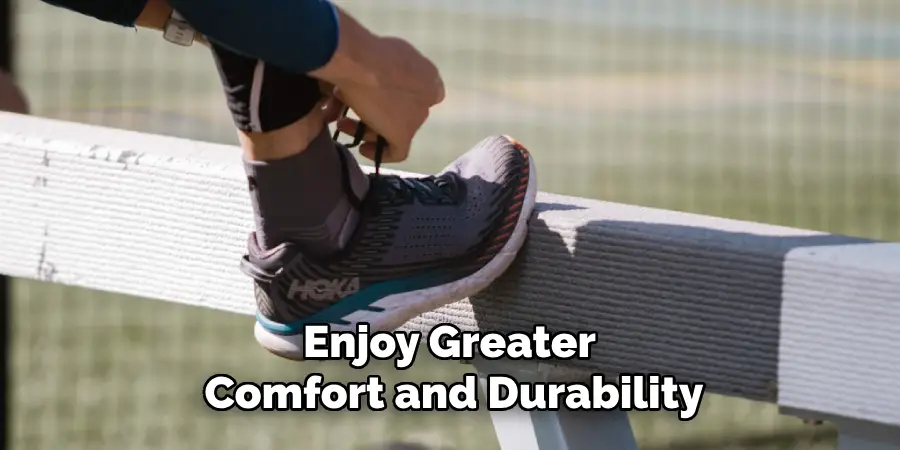
Conclusion
Preventing your big toe from making holes in your shoes requires a combination of proper shoe selection, maintenance, and sometimes, addressing underlying foot mechanics. By choosing the right shoe size and fit, opting for reinforced toe boxes, and using protective accessories like toe guards and orthotic inserts, you can significantly reduce the wear and tear on your shoes.
Additionally, maintaining proper nail care, wearing suitable socks, and rotating your footwear can further extend the life of your shoes. Implementing these strategies will not only save you money in the long run but also ensure that your feet remain comfortable and well-supported. Thanks for reading, and we hope this has given you some inspiration on how to stop big toe making hole in shoes!

